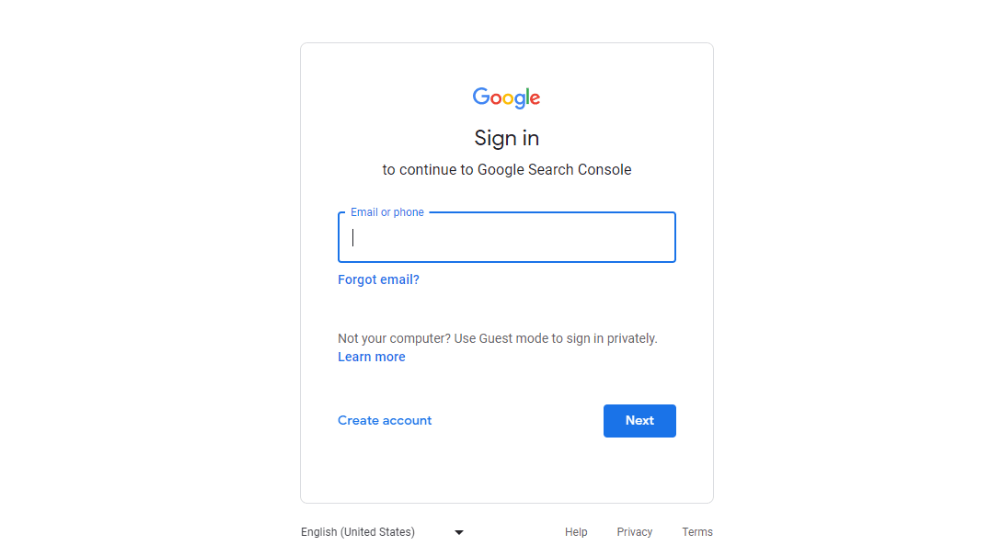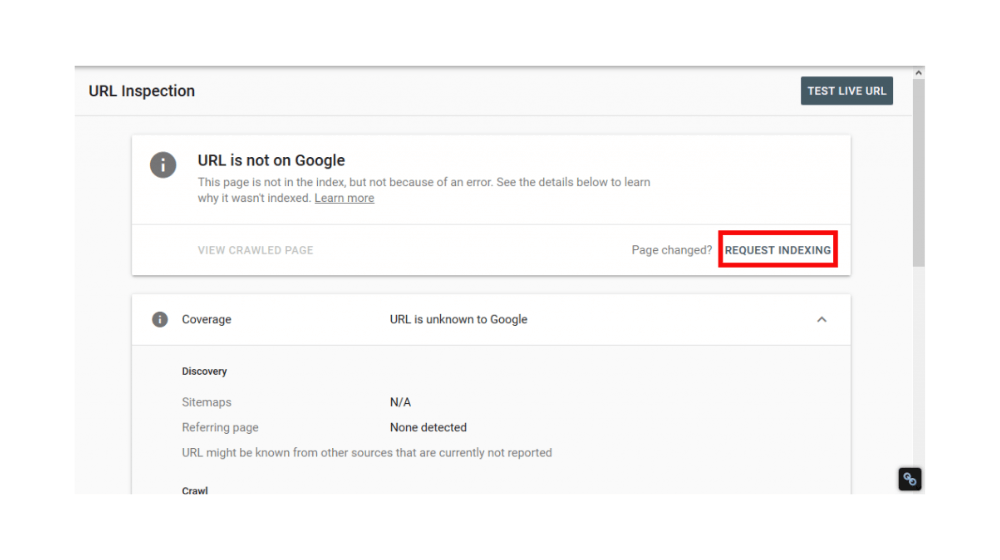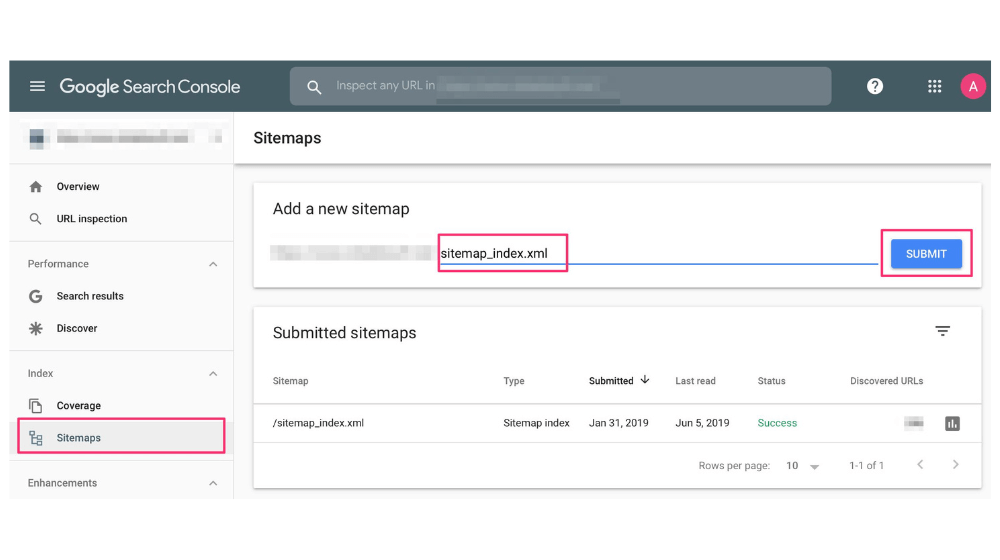A Detailed Guide to Submit Your URLs to Google in 60 Seconds or Less

Being the most popular search engine, Google is an ideal place for businesses to reach their target customers. It drives maximum traffic and revenue to the websites. But, you can’t achieve this without any effort. You need to submit URLs to the search engine strategically if you want your website to rank at the top of the Google search engine. It requires extensive knowledge and skill to submit URLs to Google quickly and properly. Here an On-Page SEO Service Company India can help you make this task easier for you. The SEO professionals have enough knowledge and understanding about different ways to do it. They will help you pick the best method that suits your business making your website one of the highest-quality sources of traffic on the web.
What are the Advantages of Submitting Your Website to Google?
URL submission is all about submitting your URL to search engines for faster indexing. Google crawls through billions of pages and discovers new links with valuable content to index them. It is the basic approach of Google to find new websites. So, no matter how amazing your website is, it is important to manually submit your site to Google to accelerate the Google crawling and indexing process. It is true that Google automatically discovers websites, but it takes time. But, submitting your URL to Google, will have an edge over others as a search engine can index your website quickly and easily.
Ways to Submit Your Website to Google:
There are mainly two ways to submit your website to Google- Indexing Request and Submit Your Sitemap to Google.
How to Submit URL by Indexing Request:
Log In to Google Search Console:
When it comes to submitting your website to Google by indexing request, you first need to log into your Google Search Console account. It comes with a special URL inspection tool that will allow you to submit your website manually.
Choose Your Website Property:
After you log into the Google Search Console dashboard, the next step is to select the website property. You can do it by clicking on the “Add Property” link and following the prompts to connect your site to Google Search Console. In this way, you can get access to URL submissions.
Click on the URL Inspection Tool:
After selecting the proper website property, then you need to click on the URL inspection tool link that appears in the left-hand navigation menu. Here you can find “Inspect Any URL” at the top of the screen.
Paste in the URL of the Web Page:
Now, you can submit your website’s URL to Google by pasting the URL staring into the “Inspect Any URL” field.
Hit the Enter Key:
After you successfully include your URL, now you can hit the enter key to confirm the submission. It will indicate Google to fetch the URL. Now, it is time for Google to find whether the URL is live or blocked. If Google finds it perfect for indexing, it will show you a message to submit it.
Click on Request Indexing:
Finally, you can click on the Request Indexing button, to submit your URL to Google Search Engine. This step will allow Google to crawl your URL and show the result on the search engine result pages.
Exit the Submit URL Tool:
Now, you can exit the Google submit URL tool simply by clicking on the “Got It” button. It will take you back to the Google Search Console Dashboard again.
There is another way to submit your website’s URL to Google that does not require signing into Google Console each time. You can do it by submitting your sitemap to Google. Let’s look at the process:
How to Submit Your URL by Creating a Website Sitemap:
Create a Website Sitemap:
When it comes to creating a sitemap, you can do it both automatically and manually. By utilizing a content management system like WordPress, Wix, or Blogger, you don’t need to create a sitemap manually. These CMS can automatically make e a sitemap for your website allowing search engines like Google to crawl it. But, if you are using any other CMS, you have to generate the sitemap by using a text editor and then upload the file to the main domain.
Read More: Top 7 Sitemap Generator Tools for Faster Crawls
Use the Google Ping Tool:
After you successfully create and upload a sitemap to your website, now you need to add the URL to Google simply by using the Ping Tool. To do this, you have to send a GET request in your browser or the command line to the address: http://www.gogle.com/ping?sitemap=YOUR-SITEMAP-URL
Submit the Sitemap to Google Search Console:
Google Search Console will allow you to submit your webpage manually and set it up for future sitemap crawling. To do this, you have to choose the website correctly in the top left-hand corner of the dashboard and then click on the sitemap tool from the navigation menu. Here you can find a “Add a New Sitemap to Google” field where you have to input your sitemap along with inserting your sitemap’s location. Next click on the Submit button for the update to take effect.
Does a URL Or Website Guarantee Indexing?
Regardless of the option you choose for submitting URLs to Google does not always guarantee that your website will be indexed by Google. After all, it largely depends on Google’s algorithms to choose which URLs and sites to index. Moreover, Google considers several other factors such as technical SEO, content quality, and many others to index a URL or a sitemap. So, it is always recommended to Hire SEO Agency that is treasured with professional SEO experts who can help you submit your URLs to Google without any error. They know how to troubleshoot URLs that are getting trouble indexed in the search engine.
Wrapping It Up:
There is no denying the fact that improving your website design and speed, keyword targeting, search engine crawling and indexing and many other factors on your website work together to boost your website SEO. Google takes some time to crawl and index web pages. Once your website gets displayed in the search engines, you will be able to view and collect the performance data of your page.
Here comes the role of hiring a professional Content marketing agency in India that can help you drive website traffic and generate leads and revenues for your website. The professional team will not only help you submit your website to Google by utilizing the best practices, but they will also constantly check the performance of your website and work on fixing issues and updating your website if necessary.






